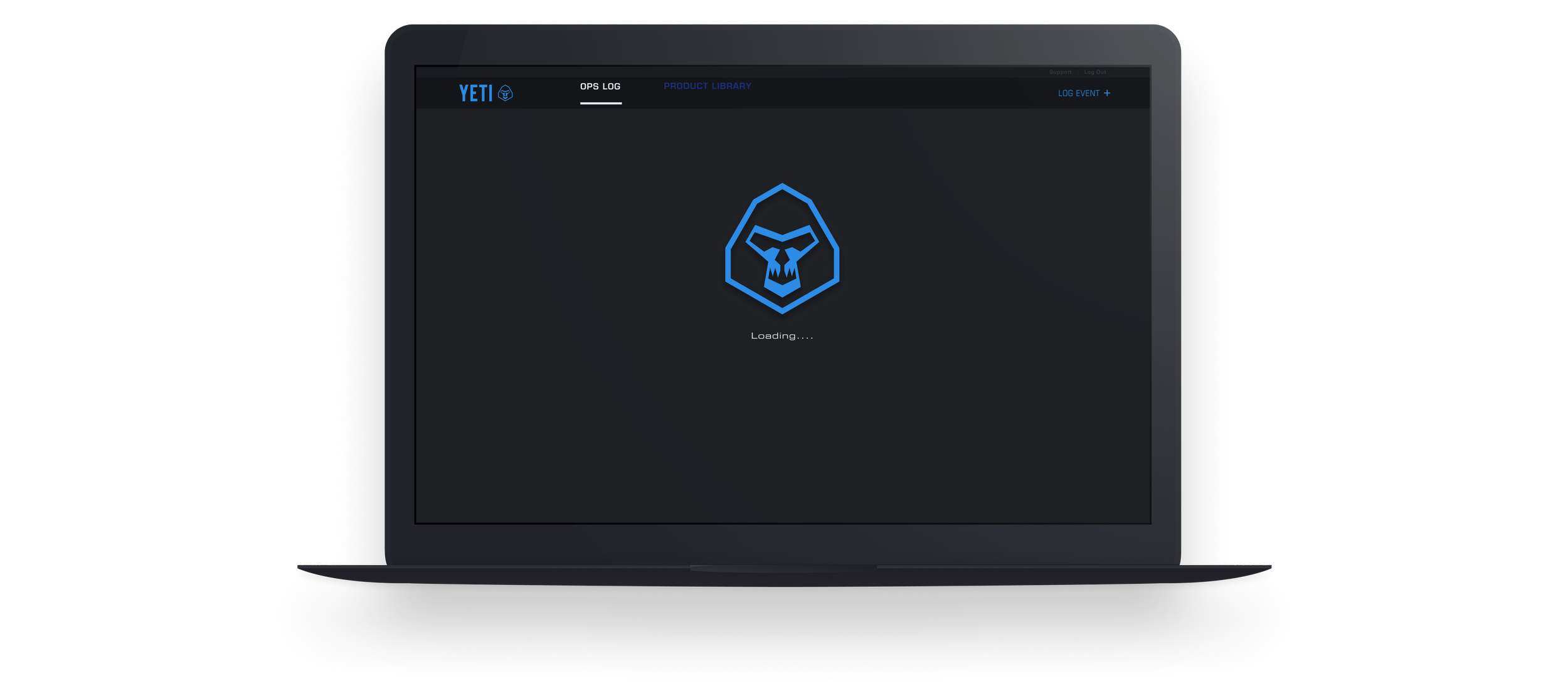Air Force - Project YETI
Due to the sensitive nature of this project, I can only speak to it online in fairly high-level terms and with limited visuals.
Pivotal Labs helped the Air Force develop an in-house training and development program to help them transition to 100% in-house development and reduce their reliance on contractors who don’t deliver value. After our first project was wildly successful (saved more than $12million a month in fueling costs), we were tasked with a intel project where they asked if we could get research and prototyping below 3 months - I told them we could get to production within 1 month, and we did.
The Problem
Decades ago the US Air Force launched infrared tracking satellites in a program called OPIR (Overhead Persistent InfraRed) with the goal of developing both intelligence as well as warning systems for threats moving at high speed. As an intelligence system it had already proven valuable. But as a warning system, it was woefully inadequate - the process of identifying threats and then getting that information into the field was 5-20 minutes after an event happened, which is almost always far too late to move people out of the way.
The Design
Getting into production within 1 month isn’t an impossibility, and in fact it’s something that I feel all product teams should strive for - what is the most fundamental thing you can produce that provides user value? Answer that question, and I find that you can move way faster.
Early on we prioritized being able to log events in the system, and the act of logging would produce a copy-and-paste-able piece of text that could be input into any of the chat systems used for notification purposes. Being that we were on the highest security government network meant that we weren’t going to be able to integrate directly with other systems, but we needed needed to speed up information dissemination regardless.
Being able to copy and paste a formatted piece of text based off your log entry did a few things:
Logging needed to happen for intelligence and analysis purposes no matter what.
Autogenerating the text based on the logged event meant no extra work by the userbase.
Consistent messages meant that users in the field were able to parse the meaning of a warning faster than if it were custom text
This got our alert time down from that upper 20 minute mark down to less than a minute, sometimes even down to 30 seconds.
We also knew that in order to speed up entry, the form had to be completely navigable via keyboard - moving your hand to a mouse slows you down. So we leveraged keyboard navigation and made sure that the fields were in the same order that they were received, making tabbing through easy. We also added keyboard shortcuts so that way no matter where you were in the application, you could immediately open the log modal and begin entering an event.
We highlighted the dynamic text in the copy and paste message so that way the user could easily scan and ensure the information was correct before sending it out. This reduced the need to assess the entire form, which would increase the number of eye saccades. Logging an event would automatically copy the text to your clipboard.
Post-MVP
Once the MVP launched and we knew it was working successfully, we quickly moved on to more advanced features, such as intel product development (looking at events for patterns and compiling an assessment of a given situation using data and media), event management, and linking (identifying events related to one another and cross-referencing them), and unique event IDs (You could glance at an event ID at an instantly know what kind of event, when it happened, and the relevant command authority without having to even go into the event itself).
The Result
YETI was a wildly successful project, and the Air Force invested heavily in a multi-year training program to develop similar products called Kessel Run. The OPIR initiative is now being updated with a next-generation set of satellites, as the concept has proven valuable.
During this project, I trained a logistics service member on how to be a designer; She went on to become the head of product for the Space Force.

